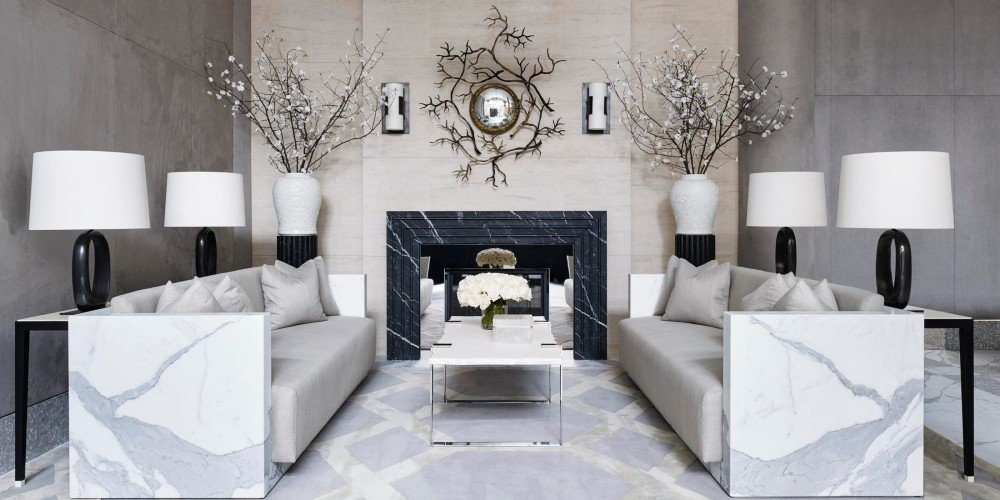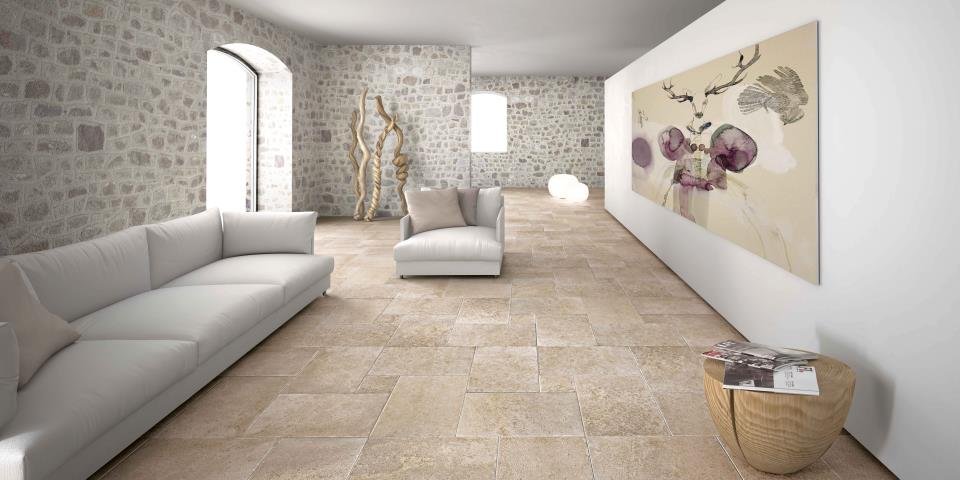All-About-The-Stone-Types-of-Building-Stone-For-Designing-Building-Stone-Tiles-Stone-For-Interior-Stone -Wall-Cladding
Many types of stones are available such as basalt, marble, limestone, sandstone, quartzite, travertine, slate, gneiss, laterite, and granite which can be used as construction materials. The stones used for building construction should be hard, durable, tough, and should be free from weathered soft patches of material, cracks, and other defects that are responsible for the reduction of strength and durability. Stones for construction purposes are obtained by quarrying from solid massive rocks.
For instance, certain types like basalt and granite have superior characteristic like high compressive strength and durability and hence employed in major construction works. However, there are stones that their characteristics (such low compressive strength and presence of deleterious materials in their constituents) makes them suitable for minor construction works for example gneiss. So, stones are used as building material and also for decorative purposes.

Types of Stones Can be Used in Building Construction
The stones used for masonry construction should be hard, durable, tough, and should be free from weathered soft patches of material, cracks, and other defects that are responsible for the reduction of strength and durability.
• Marble
• Granite
• Sandstone
• Slate
• Limestone
• Laterite
• Quartzite
• Travertine

MARBLE
It is used for facing and ornamental works in columns, flooring, and steps. The compressive strength of marble varies from 70MPa to 75MPa. Marble stones are quite strong, uniform in texture, least porous, and take an excellent polish. It can be easily cut and carved into different shapes. Marble is available in different colors like white and pink.

GRANITE
The application of granite in building construction involves bridge piers, retaining walls, dams, curbs, stone columns, as coarse aggregate in concrete, ballast for railways, as damp-proof course and external cladding of walls, and monumental utilizations. The structure of granite is crystalline, fine to coarse grain.

SANDSTONE
Sandstones in combination with silica cement are used in the construction of heavy structures. It is also employed in masonry works, dams, bridge piers, and river walls. It is composed of quartz and feldspar and found in different colors such as white, grey, red, buff, brown, yellow, and dark gray.

SLATE
Slate shows great variation in its building properties which depend on the thickness of the sheets and the color of the rock. It is used as roofing tiles, slabs, and pavements. It consists of quartz, mica, and clay minerals. The compression strength of slate changes from 100MPa to 200MPa, and its color can be dark gray, greenish gray, purple gray to black.

LIMESTONE
Limestone is used for flooring, roofing, pavements and as a base material for cement. The use of limestones as facing stones should be avoided in areas where the air is polluted with industrial gases and also in coastal regions where saltish winds can attack them. All Limestones are not useful for building construction. Undesirable types are rich in clay or are considerably soft and practically not suitable for construction works. However, dense, compact, and fine textured types which are free from cavities and cracks can be easily dressed and take a very fine polish.

LATERITE
Laterite is used as building stone, but its outer surface needs to be plastered. It contains a high percentage of iron oxide and can be easily cut into blocks. Laterite occurs in soft and hard varieties and the compressive strength of laterite is between 1.9MPa and 2.3 MPa, and its strength is increased with seasoning. Laterite color may be brownish, red, yellow, brown and grey.

QUARTZITE
It is used as building blocks, slabs, and as aggregate for concrete. The structure of quartzite is fine to coarse grain and mostly granular and branded, and mainly composed of feldspar and mica in small quantities.

TRAVERTINE
The stone is characterized by pitted holes and troughs in its surface which means that it has a porous surface and concentric texture. It can be polished to a smooth, shiny finish, and comes in a variety of colors from grey to coral-red.

HOW TO USE BUILDING STONES
• Fine-grained granite and gneiss stones are used for Heavy engineering works such as building bridge piers, breakwaters, monuments, etc.
• Granite, quartzite and compact sandstones are used for masonry works in industrial areas exposed to smoke and fumes.
• Marble, granite and sandstone are used for facing work of buildings.
• Limestone and sandstone are used for general building works.
• Fine-grained granite, marble, and soft sandstone are used for Carvings and ornamental works.
• Compact limestone and sandstone are used for Fire-resistant masonry.
• Granite, quartzite stones are used in foundations of building in places with the high groundwater level.
• Marble, slate, sandstone and granite stones are used for floor paving.

WORLD’S TOP AND INDIA’S BEST MARBLE, GRANITE AND STONE COMPANY
ADD BY EXPERT AND EXPORT TEAM OF BHANDARI MARBLE GROUP. CONTACT US ON; +919829040013, +919672941111.



